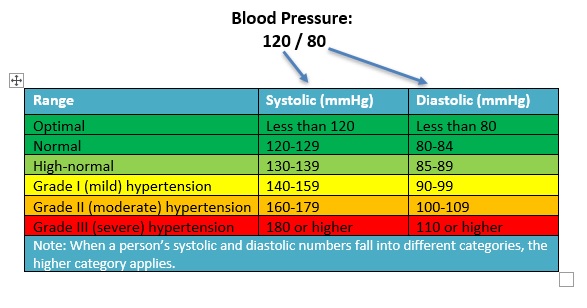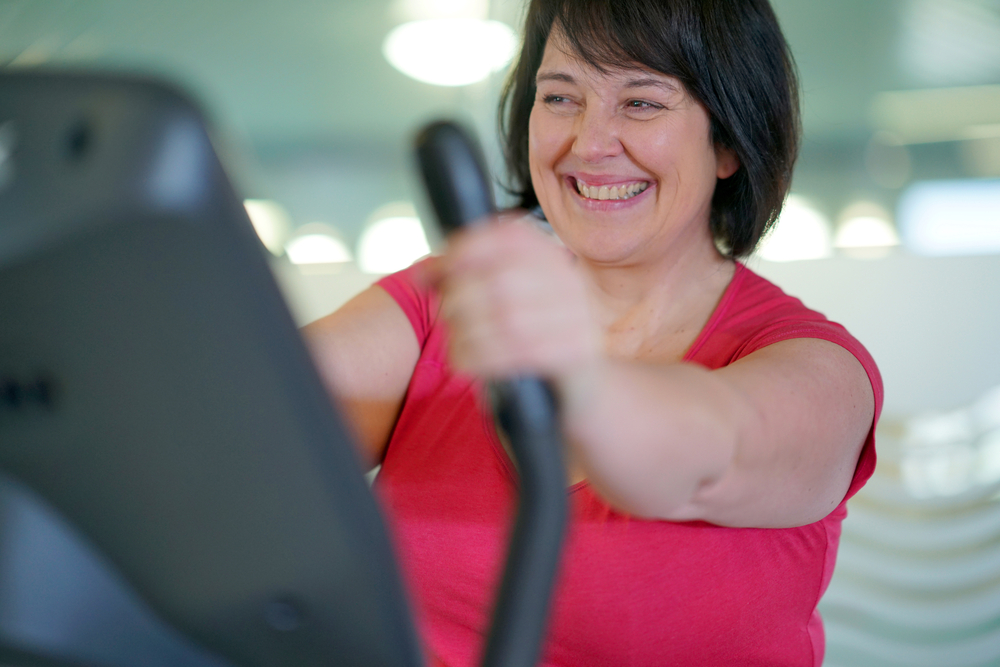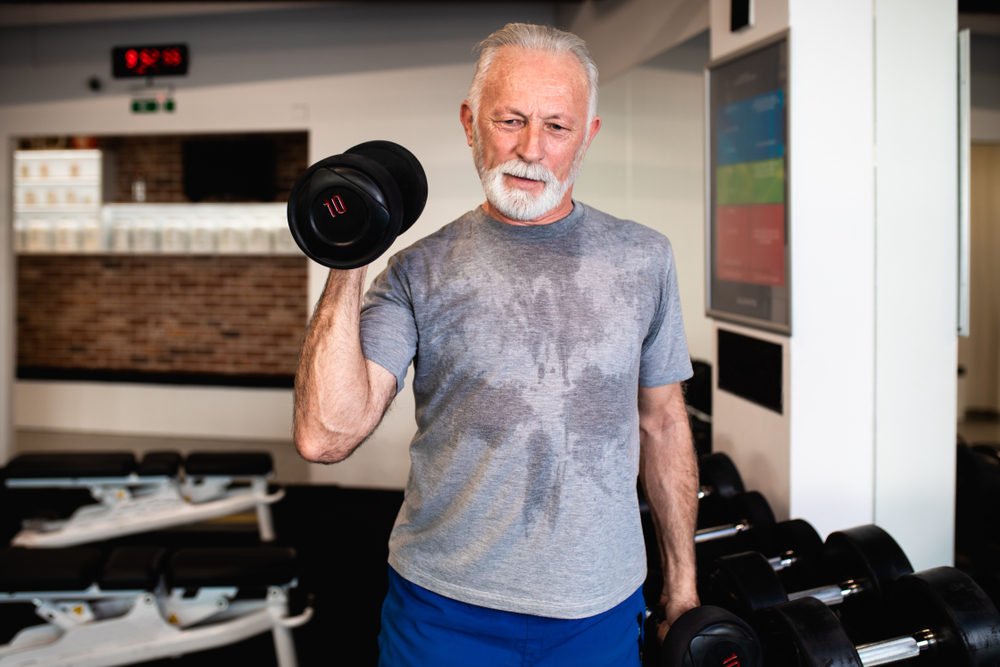Exercise for High Blood Pressure (Hypertension)
What is blood pressure?
When blood is pumped around the body, the amount of pressure that the heart uses to pump this blood is called blood pressure. It is how much pressure the blood is under and how much pressure it is exerting on the walls of the blood vessels.
What is hypertension?
Blood pressure can fluctuate naturally throughout the day depending on physical and mental activity. Hypertension is a condition where a person has sustained high blood pressure, where it is consistently elevated at 140/90 or above. Hypertension is a problem because it can increase a person’s risk of many other diseases, including:
• Atherosclerosis (clogged arteries) – Increased, sustained high pressure on the walls of the blood vessels causes damage. This damage can clog and narrow the arteries. The heart then needs to work harder to circulate the blood through the narrowed arteries, which further increases blood pressure and accelerates damage to the vessel walls.
• Heart disease (cardiovascular disease) – High blood pressure and atherosclerosis can lead to occlusions in the arteries that supply the heart with blood (coronary arteries), which can lead to heart attacks. High blood pressure over a long time can also lead to heart failure.
• Kidney disease (nephropathy) – Blood passes through the small vessels within the kidneys to be filtered, with the waste then disposed of via our urine. High blood pressure damages the vessels within the kidneys, which impairs their ability to function as effective filters.
• Stroke – High blood pressure and atherosclerosis can lead to the development of clots, which block the flow of blood to the brain. It can also contribute to blood vessel bursts (haemhorragic stroke).

What do the numbers mean?
A blood pressure reading will give you two numbers (eg. 120/80). The higher number shows the pressure when the heart is contracting and is called systolic blood pressure. The lower number is the pressure when the heart is relaxed between beats and is called diastolic blood pressure. Blood pressure is measured in millimetres of mercury (mmHg).

How do I exercise to reduce my blood pressure?
• Physical activity is one of the first lines of treatment for people with hypertension. It can help to lower blood pressure and reduce the risk of complications.
• A single bout of aerobic exercise can reduce blood pressure for up to 22 hours afterwards.
• By exercising regularly, aerobic exercise can also reduce blood pressure over the long term. This may allow the patient to reduce their severity of hypertension or may even reverse the condition.
• The ideal type of exercise for the prevention or treatment of hypertension is aerobic exercise that follows these guidelines:
o Moderate intensity (such as brisk walking, swimming, cycling, dancing).
o 30-60 minutes at a time (or intermittent episodes of 10 minutes to accumulate 30-60min).
o Most days per week (aim for a total of 150-300 minutes per week).
• What about resistance training? Resistance (weights) training has a smaller effect on reducing blood pressure than aerobic exercise, but provides many other benefits and is highly recommended for overall health. If you can add some resistance training to your program, aim for 2 non-consecutive days per week of 30 minute sessions.


What other factors are important to help reduce my blood pressure?
• Body weight – It is recommended that people with hypertension aim for a healthy body mass index (BMI) and waist circumference
o BMI <25 kg/m2
o A waist circumference of less than 80cm for females and 94cm for males
• Healthy eating – A healthy diet with a range of vegetables, fruits, wholegrain foods is recommended. It is also important to reduce salt intake. A registered dietitian can assist with specific recommendations relating to diet.
• Reducing alcohol – Drinking alcohol above the recommended amount can increase blood pressure in the short term, as well as increase the risk of developing hypertension over the long term. For men and women, the recommendation is to drink no more than 2 standard drinks per day.
• Quit smoking – Stopping or reducing smoking can reduce blood pressure and reduce other health risks. After quitting, the risk of heart attack and other complications declines rapidly. Your doctor can assist you through this process.
Our Exercise Physiologists at Glebe Physio are professionals who are trained in the safe and effective prescription of exercise for people with conditions such as hypertension.
At Glebe Physio, we offer one-on-one appointments to individually assess your situation and tailor an exercise program for you, as well as fully supervised classes for those who enjoy exercising in a group environment.
If you would like to ask a question about exercise for high blood pressure or anything else, visit our Contact Us page to get in touch.
If you are ready to make an appointment, visit our make a booking page and get started today.
Get Active!
For more, visit our Frequently Asked Questions page.
If you would like to ask a question about our services or anything else, visit our Contact Us page to get in touch.
If you are ready to make an appointment, visit our make a booking page and let us help you with your fitness or recovery.

